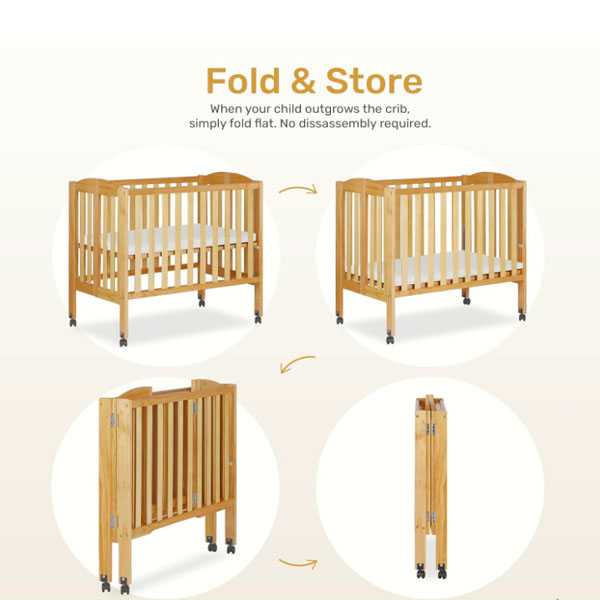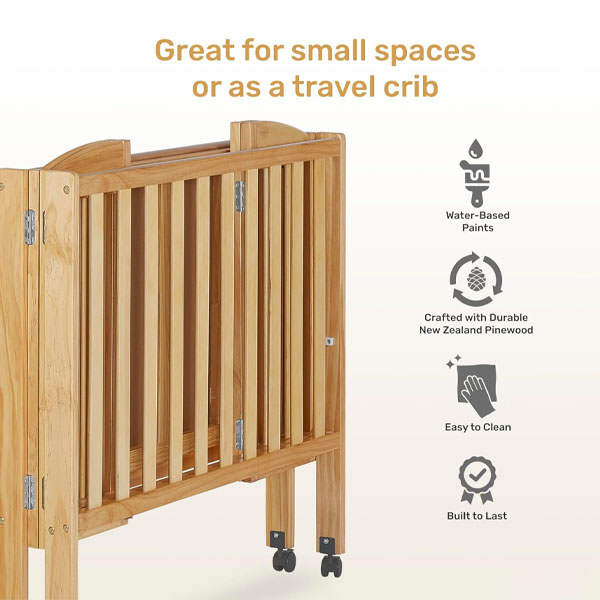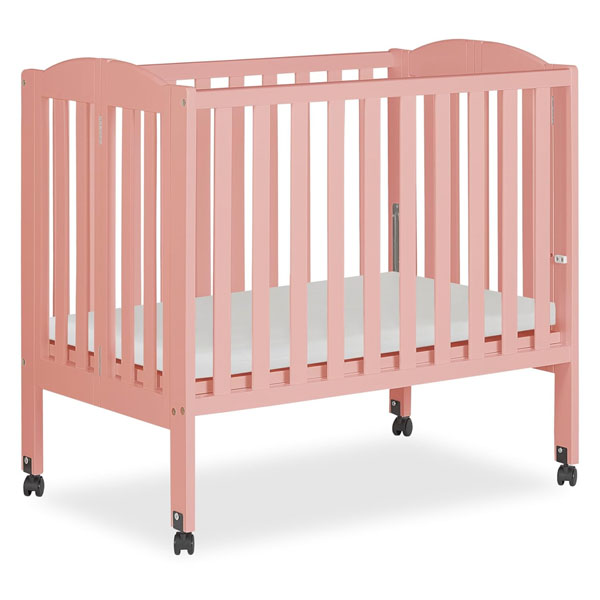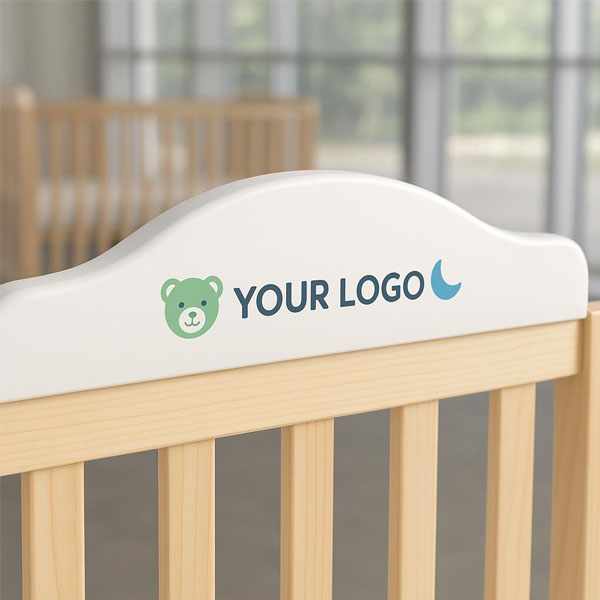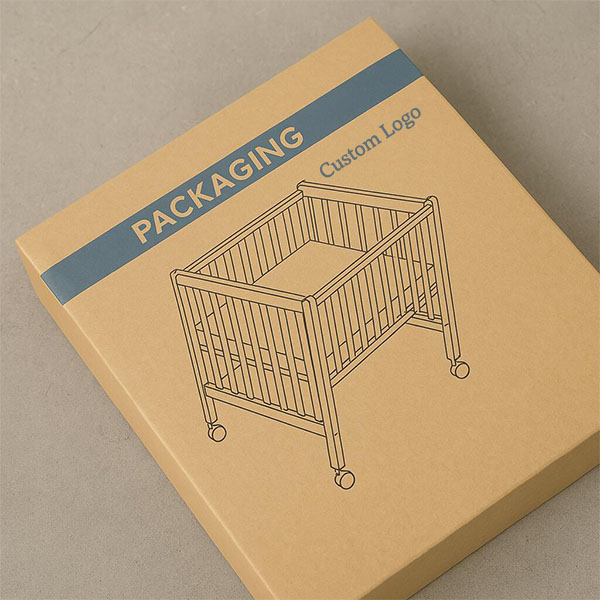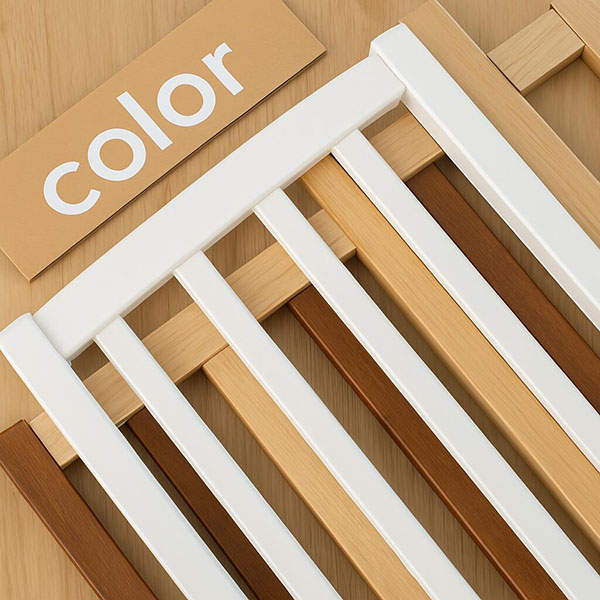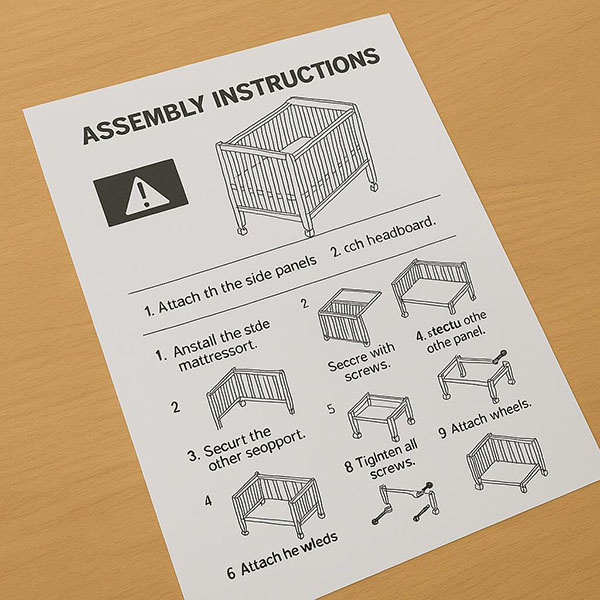What is a busy book?
Ever feel like your toddler needs something fun and educational to keep them engaged without screens? A busy book might be exactly what you’re looking for.
A busy book is a hands-on activity book for toddlers and preschoolers, filled with interactive pages that build skills like matching, counting, fine motor control, and problem-solving.
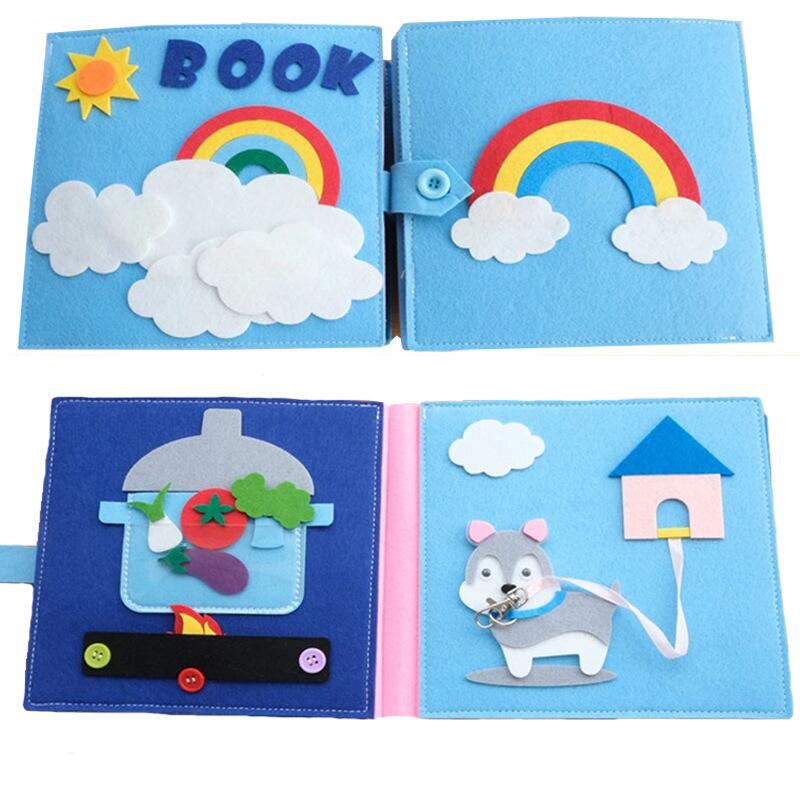
If you’re trying to reduce screen time, help your child develop focus, or just keep them quietly engaged on a trip or at home, keep reading. I’ll walk you through what a busy book is, what types exist, what to include, and how to choose or make one.
What age is a busy book for?
Many parents wonder when to start and how long kids will enjoy busy books.
Busy books are great for kids aged 1 to 5, though older kids with learning delays may also benefit.
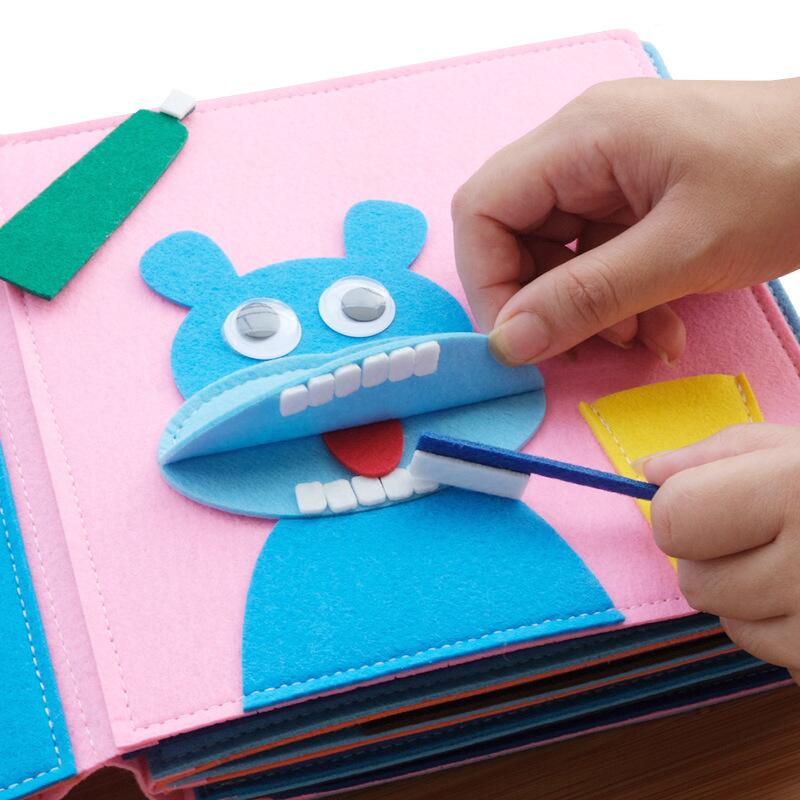
Toddlers (Ages 1–3)
This is when fine motor skills and basic problem-solving start kicking in. At this age, a busy book helps develop:
- Pincer grasp and hand strength
- Color and shape recognition
- Cause and effect understanding
My daughter started using her first busy book at 16 months. I noticed right away how focused she became while flipping Velcro pieces or fitting felt shapes into matching slots. It was much better than TV in terms of how long it kept her attention. We used it every day for almost a year.
| Age Group | What Works Best | Watch For |
|---|---|---|
| 1–2 yrs | Simple textures, matching | Small parts hazard |
| 2–3 yrs | Shapes, Velcro, zippers | Frustration limits |
Preschoolers (Ages 3–5)
For kids closer to school age, you can add more advanced concepts like:
- Simple math (counting or matching numbers)
- Sequencing
- Letter recognition and spelling
My son used a busy book well into age 5. We even added tracing pages using dry-erase sleeves. It helped with early writing practice. At this age, busy books can prepare your child for kindergarten in a fun, low-pressure way.
What are the benefits of a busy book?
This tool looks simple, but it can boost multiple areas of development.
Busy books build early learning, focus, fine motor control, and independent play — all without a screen.
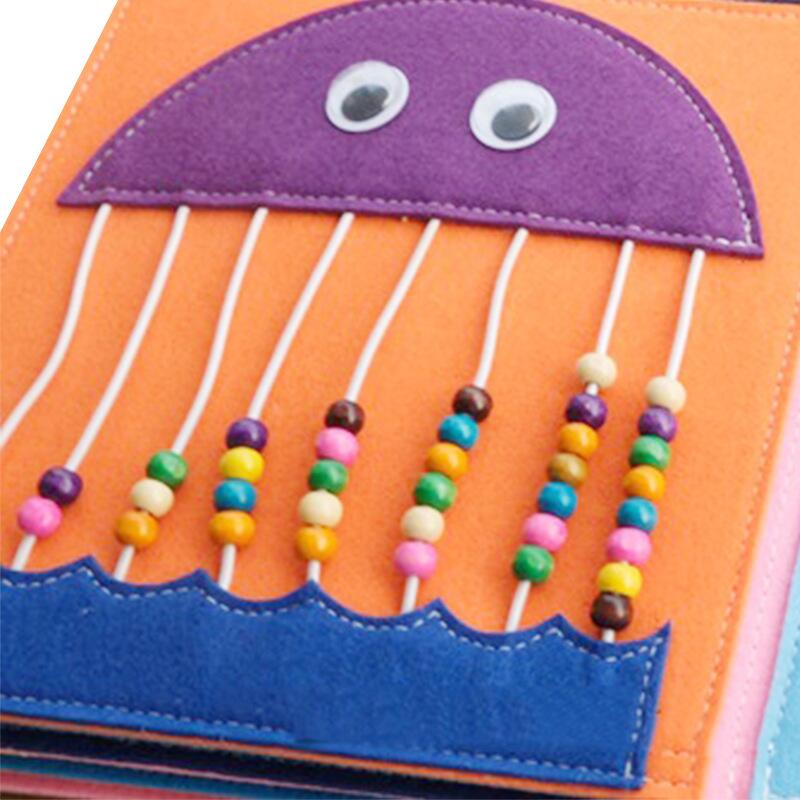
Cognitive and Motor Skill Growth
Busy books are designed to help children explore patterns, logic, and structure. Matching colors or fitting a puzzle piece helps build memory and attention span. I’ve seen my kids grow more patient and focused after a few weeks of using a busy book consistently.
It’s also perfect for strengthening fine motor skills. Turning pages, peeling Velcro shapes, or tracing letters exercises hand strength — which is key for future writing and drawing. Plus, unlike noisy toys, busy books are quiet. That alone is a win in public places.
| Benefit | Skill Developed | Notes |
|---|---|---|
| Matching | Logic + memory | Helps pre-math skills |
| Zippers/snaps | Fine motor control | Encourages independence |
| Letters/numbers | Early literacy/numeracy | Builds school readiness |
Screen-Free, Independent Play
Let’s be honest — we all need a break sometimes. Busy books give kids an option to explore and learn independently while we get a moment to breathe (or cook, clean, or answer emails).
I started giving my toddler her busy book during quiet time each afternoon. She went from needing me constantly to playing alone for up to 30 minutes. That’s gold.
What types of busy books are there?
You’d be surprised how many styles exist — from DIY to high-end educational ones.
There are fabric, felt, printable, laminated, and magnetic busy books, each with unique strengths.
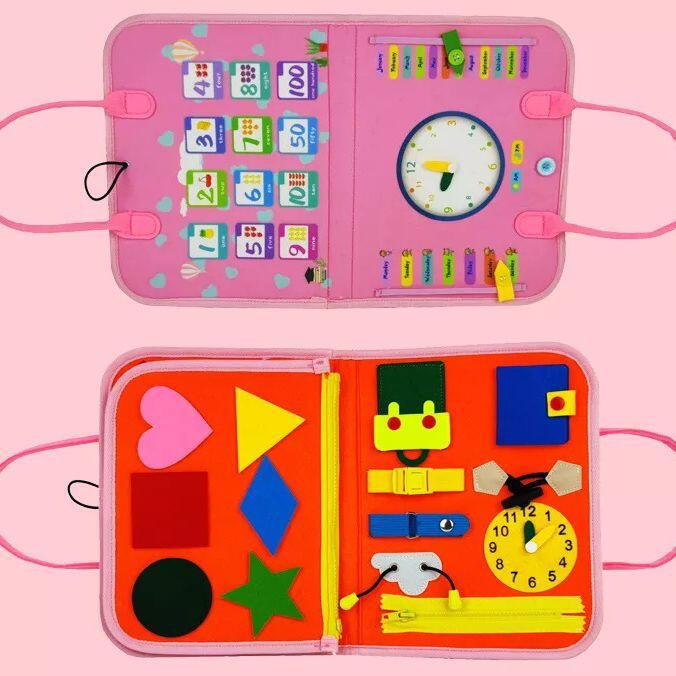
Fabric and Felt Books
These are soft, often handmade books. They use sewn or glued-on pieces like buttons, zippers, shoelaces, and felt shapes. Great for sensory play.
They’re ideal for travel since they don’t make noise or break easily. We kept one in the diaper bag all the time. Downsides? They can be pricey and time-consuming to make.
| Type | Pros | Cons |
|---|---|---|
| Felt/Fabric | Durable, quiet, sensory | Expensive, limited pages |
| Laminated | Affordable, printable | May tear over time |
Printable and Magnetic Versions
Digital download busy books are budget-friendly and easy to personalize. You just print, laminate, and add Velcro or magnets. These are perfect for parents who like crafting or want to update pages regularly.
I made one on the alphabet and another on counting. We used magnetic strips on a metal tray — super fun and portable.
What should be inside a busy book?
It’s not just shapes and colors — there’s room to be creative and targeted.
A good busy book includes activities like matching, zipping, lacing, letters, numbers, and puzzles based on your child’s age and needs.
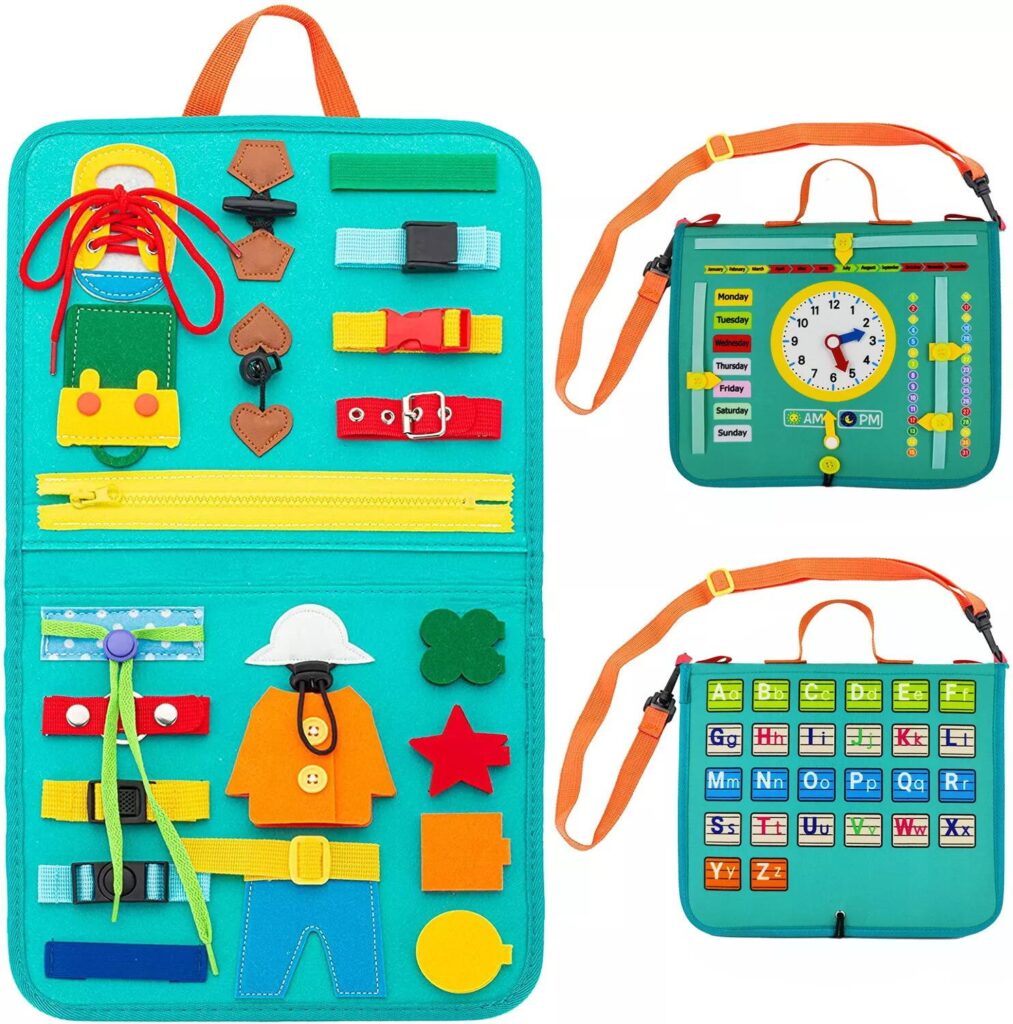
Pages That Grow With Your Child
I recommend starting simple, then adding complexity. Here’s a page progression that worked for us:
- Page 1–3: Color sorting, shape matching
- Page 4–5: Buttoning, zipping, lacing
- Page 6–8: Letter tracing, number puzzles
- Page 9–10: Sequencing, pattern games
Over time, my kids learned to complete pages without guidance. That independence made them proud and gave me confidence they were learning.
Themes and Seasonal Add-ons
Adding themes like animals, weather, holidays, or food keeps it interesting. Around Christmas, we swapped in festive counting pages with snowflakes and ornaments. In spring, we added a gardening set.
Use Velcro or binder rings to switch things out. Kids love fresh pages, and you’ll keep them engaged longer.
Conclusion
Busy books are a hands-on, screen-free way to build early learning and independence through play.




